Paul Iribe Known as the Father of Art Deco
 Art Deco (1920 – 1940), a revolution of design and style for the mod age, eached the apex of its popularity between two global conflicts, Globe War I and Ii.
Art Deco (1920 – 1940), a revolution of design and style for the mod age, eached the apex of its popularity between two global conflicts, Globe War I and Ii.
It was the perfect expression of Paris during the 20's to the thirty's, when it embraced every area of design and the decorative arts, including architecture, interiors, article of furniture, jewellery, painting and graphics, bookbinding, costume, glass and ceramics.
Many were influenced profoundly by the louche lifestyle at Paris during the early 1920's and as the pace of life quickened its protagonists wanted to ward off the threat of a civilisation dominated past either manufacture or technology.
The sumptuous French design styles of around 1910, which managed to survive World War I intact, culminated at Paris in 1925 at the great International Exhibition of the Decorative Arts (Exposition Des Arts Decoratifs et Industriels) – Art Deco for curt.
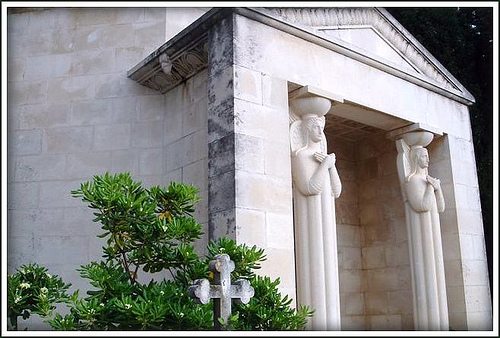 It was one of the greatest of all design way movements and the starting time universal way in over 100 years, borrowing from most of the blueprint styles of the by to way the futurity.
It was one of the greatest of all design way movements and the starting time universal way in over 100 years, borrowing from most of the blueprint styles of the by to way the futurity.
Modernism is a term the art community has adopted in contempo years to describe the many and diverse styles of art and pattern created between 1880 and 1940. There was so much going on all at once.
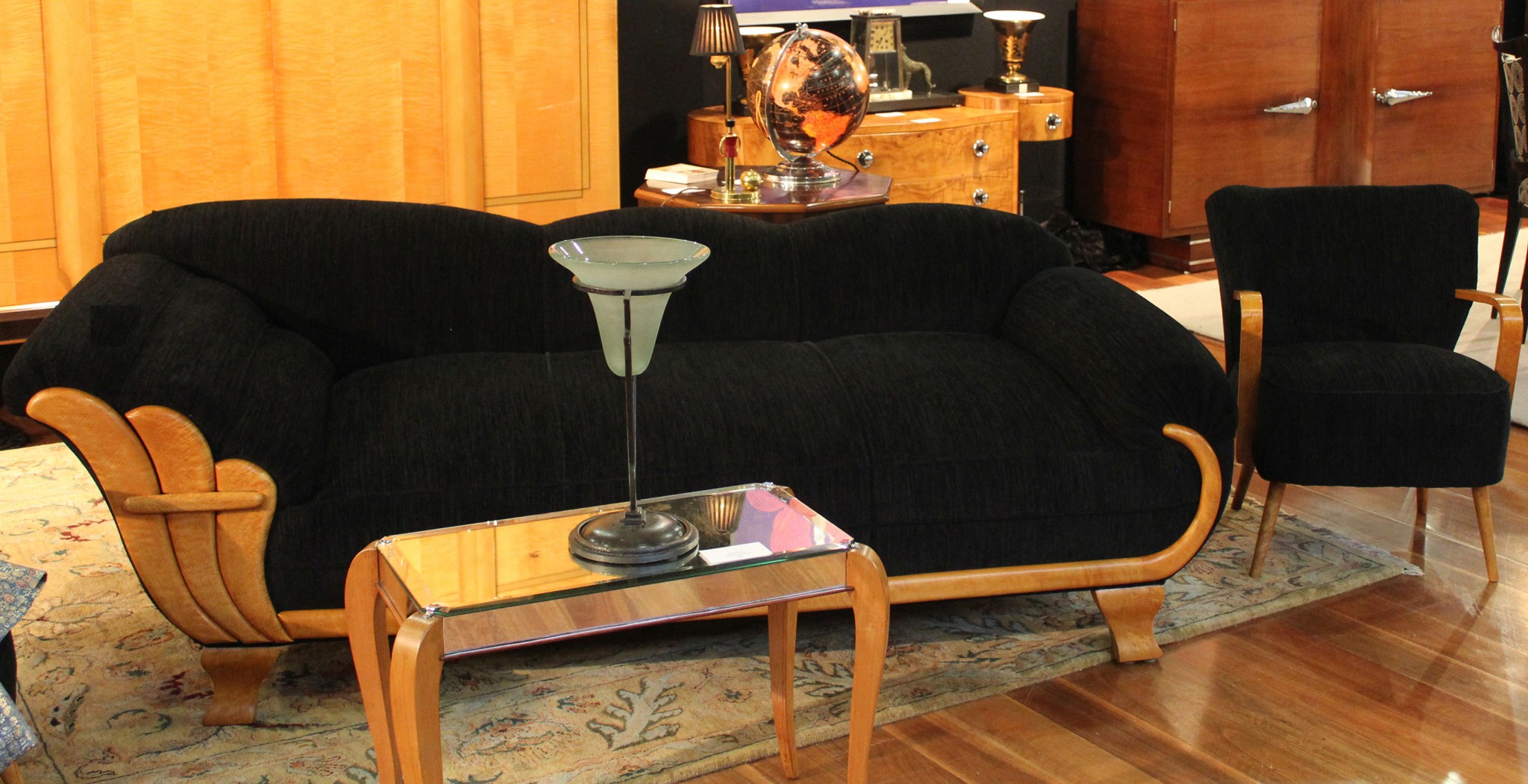
Fine art Deco German chaise c1930 from Online Antiques
These include in England the Artful Movement and Craft Movement, there was French Art Nouveau, Vienna Secession and Wiener Werkstatte, the Northern European Jugendstil (Youthful Style), French Art Deco and the German Bauhaus Modernists.
Not that we should forget the brilliant Scottish architect, designer, water colourist and sculptor Charles Rennie MacIntosh (1868-1928), who was the master exponent of Art Nouveau in the U.K and architect designer, author and educator an all round genius, Frank Lloyd Wright (1867 – 1959) in America who were really in a class of their ain.
 The term Art Deco, coined first in the 1960'due south, was meant to embrace every expanse of design and the decorative arts of the period 1920-forty, including compages, interiors, furniture, mode, jewellery, painting, graphics, bookbinding, ceramics, costume, glass, silver, metalware and ceramics.
The term Art Deco, coined first in the 1960'due south, was meant to embrace every expanse of design and the decorative arts of the period 1920-forty, including compages, interiors, furniture, mode, jewellery, painting, graphics, bookbinding, ceramics, costume, glass, silver, metalware and ceramics.
"Art Deco in France plant its American equivalent in the pattern of the New York skyscrapers of the 1920s. The Chrysler Building … was one of the near achieved essays in the style." said architectural historian John Julius Norwich.
In New York many fine examples of the distinctive Art Deco style in skyscraper compages, which still punctuate the metropolis skyline including the mighty Empire State building. It was completed in 1931 and surpassed the Chrysler building's pinnacle within eleven months of its being completed, although information technology has retained the record of being the world's tallest steel-supported brick building. Its distinctive radiating terraced arched roofline is clad in a non-rusting steel.
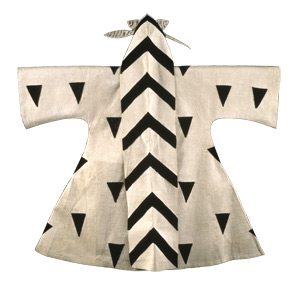
Art Deco manifested itself emotionally with great zest, color and playfulness in an age that was all about prospering. It was also most fulfilling a deeply felt need for a style that would non be threatened past change, because as it turned out it was adjustable for almost every civilization on the planet. In many world cities y'all volition however find marvellous examples of the Art Deco style lurking gloriously. It was definitely all virtually a hunger for life and a desire for feeling good most self.
The clientele were all wealthy, fashionable art-lovers, who enjoyed living in a luxurious environment and, for the moment.
The style was influenced by exotic design, including the costumes and sets of the Russian entrepreneur Serge Diaghilev (1872 – 1929) and his outstanding Ballet Russes including a black and white number designed by Henri MATISSE France 1869 – 1954 and manufactured past Marie MUELLE French republic costumier.
 The lives of women were enhanced by the wearing of classy couture apparel, by such as Paul Poiret, whose gowns reflected their all new advanced condition.
The lives of women were enhanced by the wearing of classy couture apparel, by such as Paul Poiret, whose gowns reflected their all new advanced condition.
Glamour star painter Tamara de Lempicka (1898-1980) was born into wealth and for a long fourth dimension lived the life of a bohemian artist, 1 that was racy, risky and renowned until she retired into the seclusion in Garboesque fashion.
The fashion'due south beginnings were all near simplifying grade and fitting it to suit role. Its characteristics go evident in architectural elements used in the blueprint of buildings from around the 1880's onward and, in objet d'art produced from as early every bit 1906.
 At the 1925 exhibition in Paris exceptional designers and manufactures such as Jacques Ruhlmann, Sue et Mare, Jules Leleu, Andre Groult and Maurice Dufrene collaborated with the artisans and designers from the major Parisian department stores, to create excellent pavilions in which to testify off their new contemporary designs.
At the 1925 exhibition in Paris exceptional designers and manufactures such as Jacques Ruhlmann, Sue et Mare, Jules Leleu, Andre Groult and Maurice Dufrene collaborated with the artisans and designers from the major Parisian department stores, to create excellent pavilions in which to testify off their new contemporary designs.
Furniture gained exotic and well figured veneers, ivory inlays and stylised floral motifs. Jaques Ruhlmann (1879 – 1933) was unrivaled in his field in the France of the early 1920's and declared the salvation of art depended on an aristocracy, and that in the end, everyone would have gained.
He made his debut at the Salon d'Automne of 1913, exhibiting article of furniture par excellence.
His three legged corner cabinet of lacquered rosewood inlaid with ivory, ebony and rare wood was a revolution in style.
Architecture encompassed all shapes; curves that were sleek, streamlined and highlighted past painted lines and the employ of stylish new age lettering; verticals soaring upward as skyscrapers surmounted by stepped pyramidal shapes; horizontals that were all at in one case clean, absurd filled with light and space.
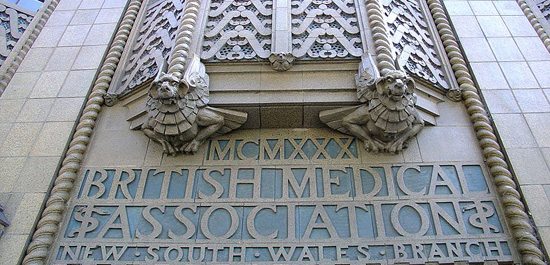
 In cities around the world local idiosyncratic motifs, unique to each time and place, were incorporated into a edifice and its architectural detail.
In cities around the world local idiosyncratic motifs, unique to each time and place, were incorporated into a edifice and its architectural detail.
At Sydney, Commonwealth of australia a twelve storey edifice synthetic for doctors who, at the time were members of the British Medical Association, is a mini skyscraper with Gothic and Tudor details, including some extraordinary gargoyles.
Originally built on a stylish street filled with elegant English Victorian style stone and lace balconied mansions, of which only two remain today, it must have taken the locals some hereafter to terms with.
Well-nigh the top of its facade, which is resolved into the stepped elements now so characteristic of skyscraper Fine art Deco architecture, there is a group of seated knights.
They are bearing the caduceus, a symbol from classical antiquity, sometimes used every bit a symbol of medicine on their shields. They are at that place to remind the edifice's occupants about their pledge of fealty to the profession of medicine.
Ii large koala bears disposed symmetrically are hugging the building, perchance reminding the doctors inside of their need for compassion in an oft unfeeling contemporary world.
 Fine art Deco gathered blueprint elements from every bit far away every bit aboriginal Egypt, calculation aspects of every other mode since then reaching forward to the futuristic world of popular American space cowboy Buck Rogers.
Fine art Deco gathered blueprint elements from every bit far away every bit aboriginal Egypt, calculation aspects of every other mode since then reaching forward to the futuristic world of popular American space cowboy Buck Rogers.
Savvy and streamlined at first as information technology progressed the style became a cultural melting pot that included a fascination for Byzantium, the Gothic, classical Greece, the exotic Nearly and Far east, for Due south America, tribal Africa and the Ballet Russes, whose dancing troupe with their celebrity leader, Russian art critic, patron, impresario and founder, Serge Diaghilev, were busy touring around the earth.
 Information technology was also near the fashionable world of haute couture as dresses began to ape the crisp clean lines of a new international architectural style, while their owners sought to become celebrities, living mode icons.
Information technology was also near the fashionable world of haute couture as dresses began to ape the crisp clean lines of a new international architectural style, while their owners sought to become celebrities, living mode icons.
The Vaudeville Brasserie at Paris was just one of a new wave of glittering, glazed and glorious marble sheathed eating establishments where the art of dining in style was skilful well.
It was filled with sleek sculptures of stylized classical, but modernistic maidens, exuberant bronze relief panels and modernist lighting fixtures evoking an image of farthermost elegance.
Its clients during the twenty's and xxx's were wealthy, style conscious fine art lovers. They enjoyed living in luxurious environments, eating out in elegant restaurants and being admired for the couture clothes they wore. They sought to reinforce their avant-garde status by living fine art.
 Stunning glass past art glass workers Rene Lalique and Daum, lighting and wrought-atomic number 26 fixtures past Edgar Brandt and Charles Schneider, cute lacquer and metalwork produced past Jean Dunand and porcelains by the famous ceramic manufacturing plant at Sevres, were featured in many glamorous interiors.
Stunning glass past art glass workers Rene Lalique and Daum, lighting and wrought-atomic number 26 fixtures past Edgar Brandt and Charles Schneider, cute lacquer and metalwork produced past Jean Dunand and porcelains by the famous ceramic manufacturing plant at Sevres, were featured in many glamorous interiors.
The most fashionable traveled on trains and ships glimmering with drinking glass and mirrors and shimmering from the lavish, but stylish application of gold and silver leaf.
The Orient Express was the ultimate expression of mode, for those wanting to project it.
Its very fit out evoked the mystery, romance and period flavour of the time. The dining car was busy past genius glassmaker Rene Lalique, whose works were considered the meridian of avante garde?
Dining on exquisite French cuisine nether the auspices of the '3 fates' from artifact, at present in their new streamlined form, was very much de rigeur.
As were the public rooms of the Normandie, an bounding main liner launched in May 1935.
 They were that of a latter 24-hour interval Galerie des Glaces reminiscent of Louis XIV and the court at Versailles.
They were that of a latter 24-hour interval Galerie des Glaces reminiscent of Louis XIV and the court at Versailles.
Two hundred tables and chairs were fix amid a shimmering windowless, but air-conditioned hall, again illuminated past the genius sculptor of glass himself, Rene Lalique.
Massive pendent ceiling lustres were at either end, the walls veneered in hammered drinking glass panels interspersed with over thirty elongated lighting fixtures and twelve fountains of light on pedestals adding to the sparkling atmosphere.
An allegorical mural dominated the Normandie'due south Grand Salon whose subject was the history of the sea and navigation. Executed in the Verre eglomise technique, in which panels of plate glass are painted on the opposite, they were also embellished with gold and silver foliage and finally fixed to a sheet backing.
Tapestry from the Huguenot Tapestry Mill Aubusson in France covered chairs and sofas that were rose ruby-red and abloom with floral designs, scattered about the room. Artificial calorie-free emanated from five tiered fountains placed in the center of its round banquettes.
Comfort and conviviality were major concerns. Art Deco is an heady mode, and should; 'similar the archetypal drink of the menses be enjoyed while it is still laughing at you' said Emile-Jacques Ruhlmann, who was always a police unto himself.
 Article of furniture shapes of the 'Art Deco' catamenia were also grounded in eighteenth century role models.
Article of furniture shapes of the 'Art Deco' catamenia were also grounded in eighteenth century role models.
Art Deco's purpose was luxury and leisure perfectly exemplified by Paul Iribe whose designs celebrated classicism and styles favoured originally by the regal courts of French republic.
A delightful commode, laquered in celadon green, is a pared down version of an intimate slice of furniture conceived during the reign of Louix XV and his mistress, a Woman of Influence: Mme de Pompadour.
Its stylized sunburst motif is 1 of Art Deco's most favoured.
 Paul Iribe besides used the stylized rose, a popular motif championed by the corking Spanish painter, sculptor and draughtsman Pablo Picasso himself. The more masculine commode he designed has a swag of stylized flowers, including a rose in the mantle at the base, which is very classy.
Paul Iribe besides used the stylized rose, a popular motif championed by the corking Spanish painter, sculptor and draughtsman Pablo Picasso himself. The more masculine commode he designed has a swag of stylized flowers, including a rose in the mantle at the base, which is very classy.
Armand Albert Rateau designed for fashion icon Jeanne Lanvin. Fixtures and fittings in a sleek bathroom became a lavish and exotic essay on flora and brute. Bird shaped taps. A carved stucco wall console with a forest scene backside the bath, bathtub and basin of cream Sienna marble.
The floor was a crisp statement of geometric design. The metalwork of mirror, lamp and fixtures of patinated statuary.
Exotic materials such every bit sharkskin, or shagreen as information technology became more commonly known, was a favoured material dyed a soft green in simulated of antique Chinese celadon ceramic wares, which looked so at home in Art Deco interiors.
 Austrian architect, interior designer and applied artist Josef Hoffman (1870-1956), who was an elder statesman of the motility, reasserted an ornaments right to exist for its own sake.
Austrian architect, interior designer and applied artist Josef Hoffman (1870-1956), who was an elder statesman of the motility, reasserted an ornaments right to exist for its own sake.
Ivory etching was first established in Dieppe in the sixteenth century. French sculptor Ferdinand Priess had a taste for classical figurines and worked on a series of nude and partly draped Greek goddesses made of bronze and ivory.
He also designed a big number of statuettes of children, clothed or naked fabricated in ivory or in bronze and ivory like the flame leaper.
Art Deco was the direct expression of that will to ability, which but lies behind free competitive enterprise.
Information technology was edifice fine art with a affect of wizardry and illusion, playing with furnishings of materials. It was the global depression that put an end to the fine art of the skyscraper, just as American architect Frank Lloyd Wright was declaring 'they are monotonous' and that 'dizziness has given place to nausea'.
The Art Deco Style was almost integrating contemporary living with art, and turning life into art, against those consciously working for the undoing of art, and its purpose was enjoyment.
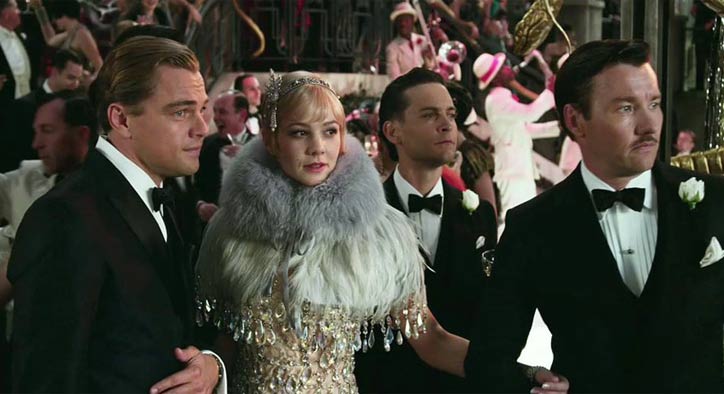 Carolyn McDowall The Civilization Concept Circle 2010 – 2013
Carolyn McDowall The Civilization Concept Circle 2010 – 2013
Source: https://www.thecultureconcept.com/art-deco-a-revolution-of-design-style-for-the-modern-age
0 Response to "Paul Iribe Known as the Father of Art Deco"
Post a Comment